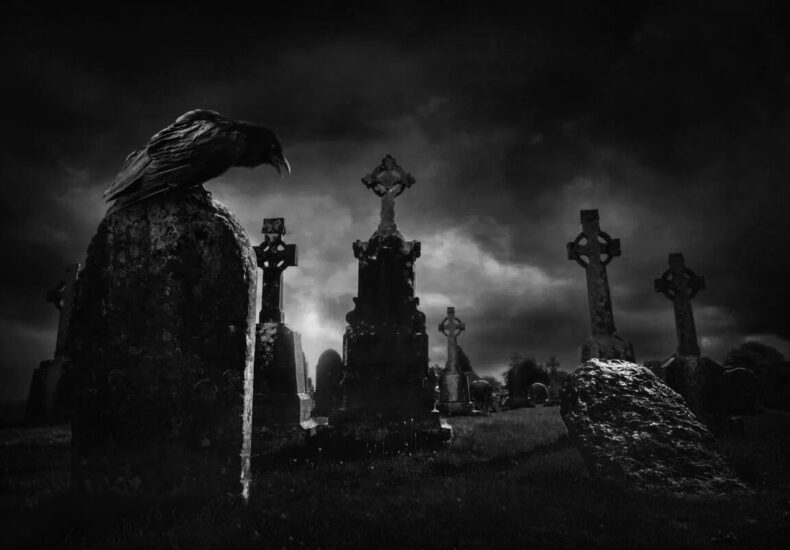
Vampires, Witches & Restless Spirits: Cemetery Folklore Around the World
What is it about cemeteries that makes the imagination spark? Even in broad daylight, there’s something palpably eerie about the stillness, the chill in the air, and the quiet murmur of names etched in stone. Across cultures and centuries, cemeteries have been more than resting places for the dead—they’ve been theaters of the strange and supernatural. From vampires scratching beneath their tombstones in Eastern Europe, to witches whose graves refuse to settle, and restless spirits who just won’t stay buried, cemetery folklore is an overlooked treasury of culture, fear, and fascination.
If you’ve ever walked past a gravestone and felt a twinge of unease, you’re not alone. Let’s embark on a globe-trotting graveyard crawl through the most bone-chilling, spellbinding, and downright weird legends cemeteries have to offer.
Contents
- Blood Beneath the Earth – Vampire Legends in Cemeteries
- Witches in the Grave – The Graves That Refuse to Settle
- The Uneasy Dead – Ghosts, Ghouls & Grudges That Don’t Die
- Guardian Spirits, Grave Watchers & Crypt Protectors
- Modern Myths & Urban Legends in Cemeteries
- What Cemetery Folklore Reveals About Us
- Bottom Line
- FAQs
Blood Beneath the Earth – Vampire Legends in Cemeteries
Vampires and graveyards go together like fog and full moons. The classic image of a bloodthirsty creature rising from its crypt isn’t just the stuff of Bram Stoker’s imagination—it’s rooted in real European folklore.
In Romania and Greece, for example, the belief in the strigoi and vrykolakas—undead creatures that rose from their graves to torment the living—led to some very peculiar burial practices. Corpses were buried with iron stakes through their chests, or with bricks stuffed in their mouths to prevent them from chewing their way out.
Some cemeteries even had “anti-vampire” rituals performed after burial: turning the corpse face down, burying it at a crossroads, or planting thorny rose bushes over the grave to pin it in place. Creepy? Yes. But for those communities, it was a form of supernatural pest control.
Fast forward to the 2000s, and we’re still finding these practices. Archaeologists have uncovered “vampire graves” in Poland with iron rods driven through the chest. Talk about dead serious traditions.
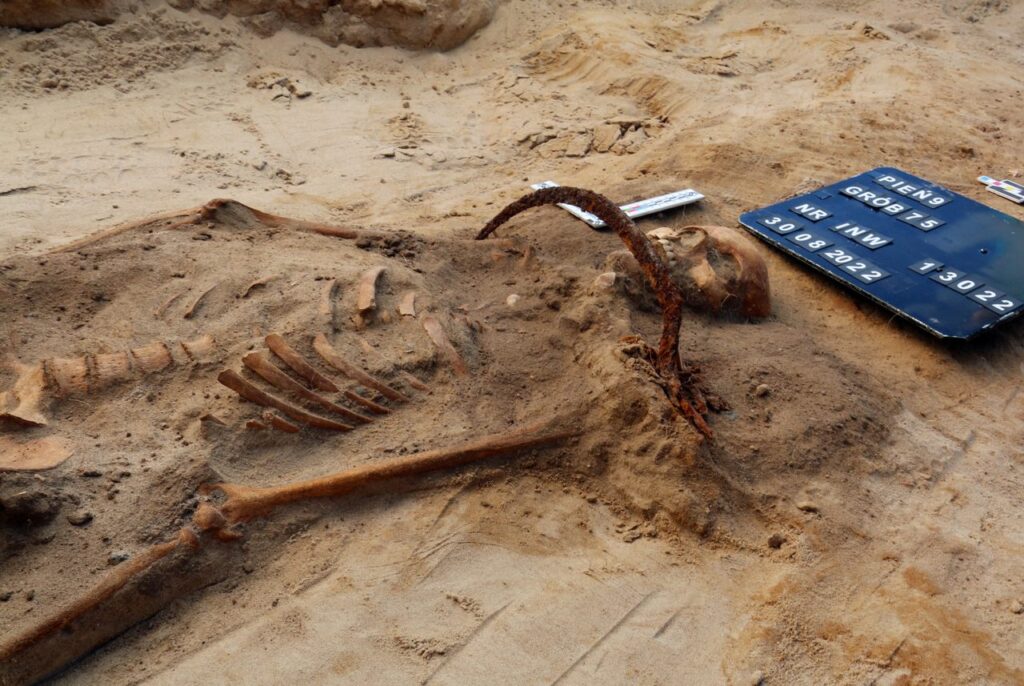
Witches in the Grave – The Graves That Refuse to Settle
Where do you bury a witch? If folklore is to be believed, nowhere near polite society.
In Scotland, witches were often denied burial in consecrated ground. Legends claim they were buried at crossroads—symbolic, liminal spaces meant to confuse the spirit and prevent its return. Some were even buried face-down to trap their powers underground.
One chilling example is Lillias Adie, accused of witchcraft in 1704. Her remains were buried in a Fife grave with a massive slab stone placed atop—supposedly to prevent her from rising again. What’s even more intriguing is that centuries later, souvenir hunters dug her up and stole her skull.
In Salem, Massachusetts, the victims of the infamous witch trials were initially dumped in shallow graves. Local legends suggest their spirits still wander the Old Burying Point Cemetery.
And who could blame them? Wrongly executed, poorly buried, and now photographed by tourists on ghost tours—eternal rest remains elusive.
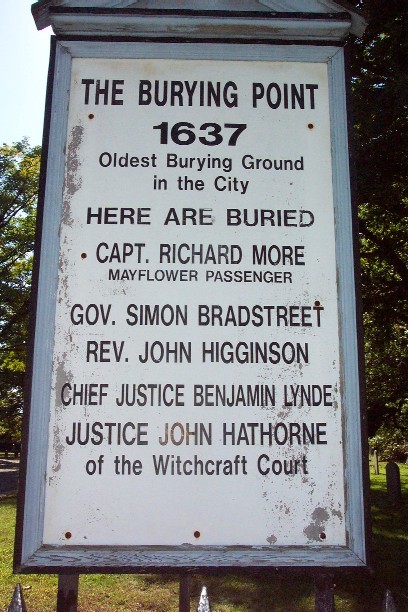
The Uneasy Dead – Ghosts, Ghouls & Grudges That Don’t Die
It’s not always witches or vampires that rattle around cemeteries at night. Sometimes, it’s just people who were buried with unfinished business.
In Japan, the belief in yūrei—restless spirits, often of women wronged in life—is deeply tied to burial rituals. If the proper funeral rites aren’t performed, the yūrei may haunt the place of death—or the place of burial. Think of it as ghostly red tape.
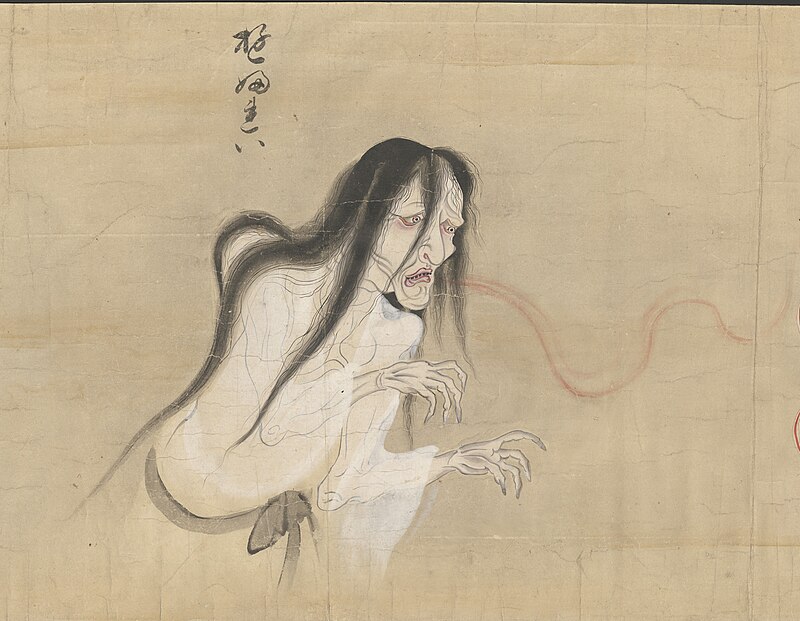
In Mexico, the Day of the Dead celebrates the return of the spirits to their graves. But behind the marigolds and sugar skulls lies the deep-rooted belief that the dead do come back, and that cemeteries are not always quiet.
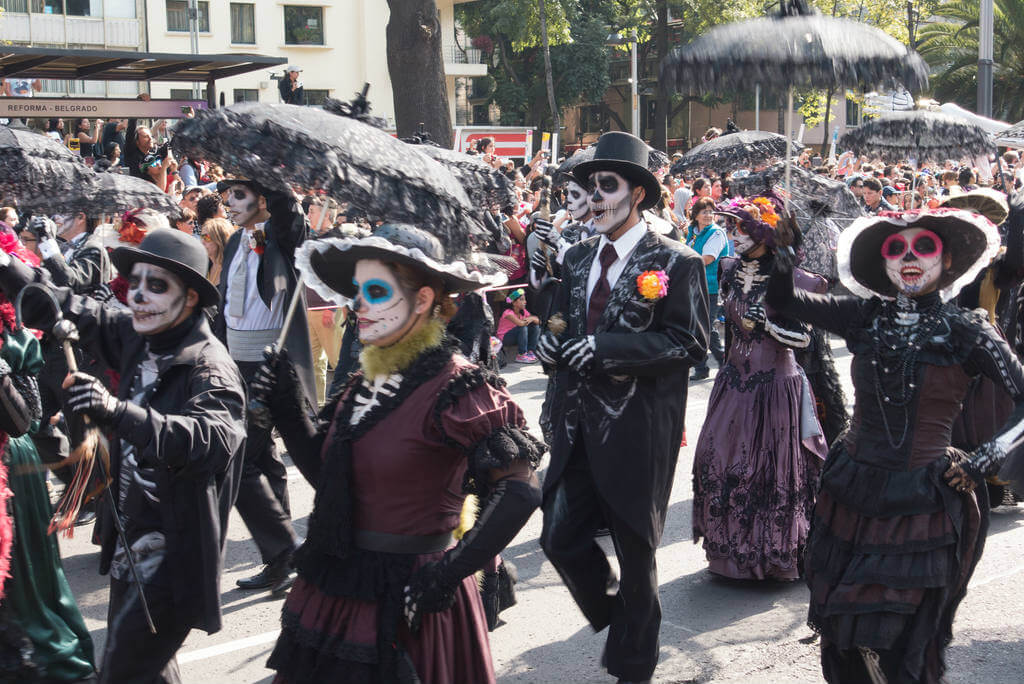
Then there’s Greyfriars Kirkyard in Edinburgh, home to what’s claimed to be one of the most haunted graves in the world. The so-called Mackenzie Poltergeist is blamed for bruises, scratches, and fainting fits experienced by visitors. Is it mass hysteria, or a lawyer with a grudge that outlived him?

Guardian Spirits, Grave Watchers & Crypt Protectors
Not all cemetery legends are sinister. Some spirits, it seems, take their jobs seriously—even in the afterlife.
In China, ancestor worship ensures the dead remain an active part of the family. Cemeteries are considered sacred and often protected by mythical beasts—stone lions, turtles, or dragons—believed to guard against evil spirits.
In Haiti, the cemetery is where Baron Samedi, the loa (spirit) of the dead in Vodou religion, resides. Far from terrifying, he’s a trickster figure who guides souls and oversees the transitions between life and death. You might even find cigars and rum left at graves for him—an afterlife party starter, if ever there was one.
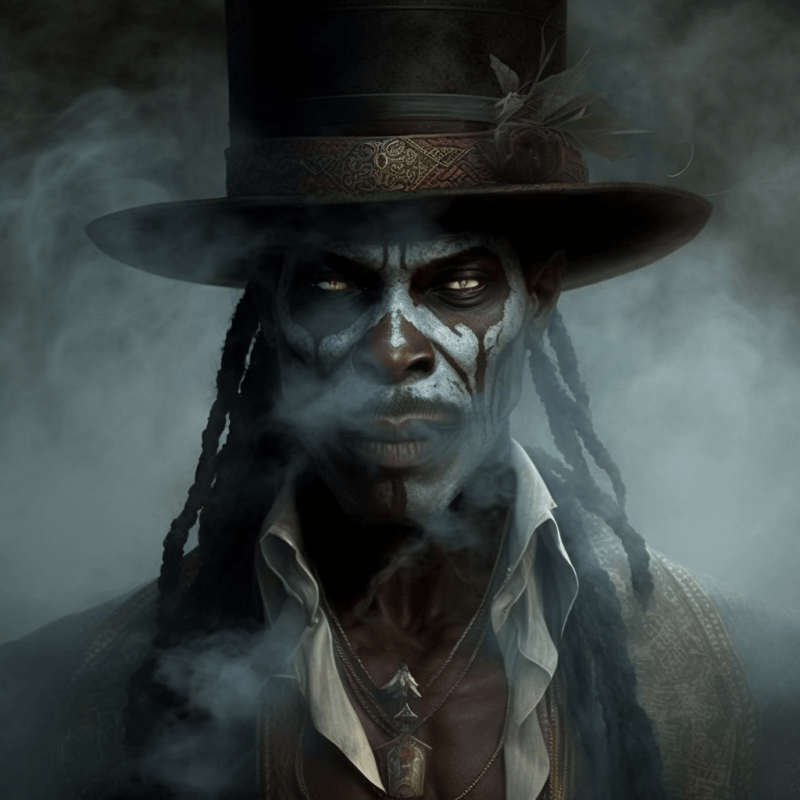
Modern Myths & Urban Legends in Cemeteries
Even in today’s hyper-rational world, cemetery folklore isn’t fading. It’s just… evolving.
Take Bachelor’s Grove Cemetery in Illinois, known for phantom cars and ghostly monks. Or Resurrection Mary, the hitchhiking ghost seen walking near Resurrection Cemetery in Chicago. Urban legends like these thrive on repetition, local lore, and the thrill of the “what if?”
In online forums and TikTok, cemetery exploration has become a genre of its own—part paranormal investigation, part macabre curiosity. While the medium has changed, the core remains: cemeteries are still places where mystery clings like moss to stone.
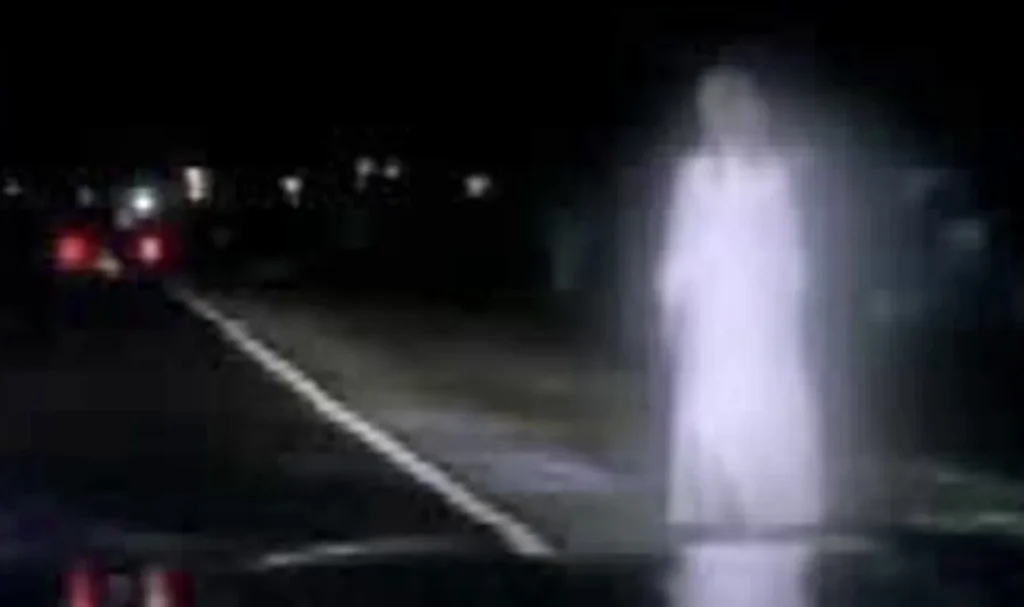
What Cemetery Folklore Reveals About Us
Here’s the thing—whether the dead rise or rest, what we believe about cemeteries says more about the living than the buried.
Folklore is a form of cultural memory. It encodes our fears, our taboos, and our need to explain the unexplainable. Why do vampire stories crop up in times of plague? Why do restless ghosts appear where injustice reigned?
These aren’t just ghost stories—they’re commentaries on guilt, grief, injustice, and the things we bury along with our dead.
Cemeteries, then, are not just fields of stone. They’re storybooks in granite, filled with pages we’ve written over centuries—some myth, some memory, all meaningful.
Bottom Line
Next time you stroll through a cemetery, slow down. Look past the names and dates. Every culture has whispered legends about what lingers in the grave. Some tell of monsters. Others warn of witches. Many simply beg us to remember.
Because the truth is, cemeteries aren’t dead places. They’re brimming with stories still being told.
FAQs
Vampire legends often describe them as rising from the grave at night, making cemeteries a natural backdrop. Folklore from Eastern Europe supports this with stories of corpses clawing out from tombs to drink blood.
Yes. Graves like that of Lillias Adie in Scotland were sealed with heavy stones to prevent her return. These sites are often wrapped in legends and revisited by modern paranormal seekers.
Greyfriars Kirkyard in Edinburgh is frequently cited as one of the most haunted, particularly around the Black Mausoleum, where the Mackenzie Poltergeist reportedly attacks visitors.
Crossroads were seen as liminal spaces—neither here nor there—meant to confuse the spirit and prevent it from returning to haunt the living.
Through social media, ghost-hunting shows, blogs (like this one!), and tourism, cemetery legends continue to thrive. They evolve but still tap into timeless human fears and fascinations.

The mention of witches whose graves won’t settle really caught my attention. It seems that folklore around cemeteries often reflects deep-rooted fears of things that go beyond death. Has anyone here visited a cemetery with a similar legend?
What a compelling dive into the eerie and fascinating world of cemetery folklore! The way you weave legends of vampires, witches and restless spirits from all over the world brings so much colour to one of the most under-explored cultural spaces: graveyards.
I especially appreciated how you highlighted the burial practices meant to prevent the dead from returning — it really underscores how folklore arises from fear, hope and ritual.
Thanks for giving these traditions room to breathe and reminding us that cemeteries are more than quiet stones—they’re mirrors of human belief.
I love how you frame cemeteries as cultural storytelling spaces rather than just eerie backdrops. It’s fascinating how beliefs about the undead—like vampires and witches—reveal so much about a society’s fears and moral codes. I’d be curious to see how modern cemetery legends compare to these older tales—do they evolve with our contemporary anxieties, or do the old myths still linger beneath the surface?